Selected materials for the production of high-performance parts and components
High-performance MJF 3D printing materials for industrial applications
PA12 and BASF Ultrasint® TPU01: advanced solutions for functional, flexible and resistant parts for industries such as automotive, mechanical engineering and aerospace.
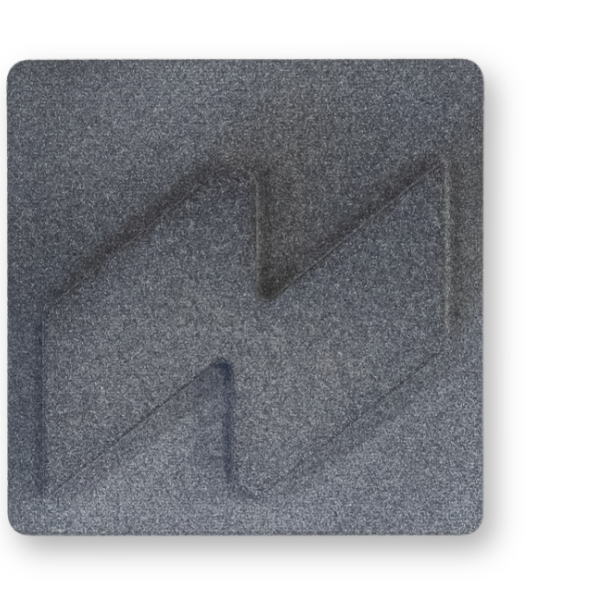
HP 3D HR PA12
(Polyamide 12 for MJF technology)
HP 3D HR PA12 is a high-performance, reusable thermoplastic developed for HP’s Multi Jet Fusion (MJF) technology. With a combination of mechanical strength, durability, and high surface quality, PA12 is perfect for additive manufacturing of functional prototypes and final parts. Its properties vary depending on the printing direction, making it extremely versatile in numerous industrial applications.
FEATURES
- Tensile strength of approximately 48 MPa in x-y direction, with a tensile modulus of 1650 MPa in x-y and 1600 MPa in z.
- Resistant to chemical agents, with an excellent ability to reuse dust, thus reducing production costs.
- Thanks to MJF technology, the material offers fine details and a smooth, uniform surface finish.
RECOMMENDED USE
- The HP 3D HR PA12 is ideal for applications in the automotive, mechanical engineering, and aerospace industries, including the production of functional prototypes, machine components, industrial equipment, and final parts for industries that require high precision and chemical resistance.
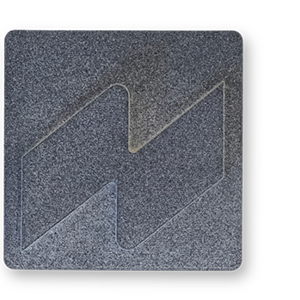
BASF Ultrasint® TPU01 (Thermoplastic Polyurethane for MJF Technology)
Ultrasint® TPU01 is a flexible and durable material designed by BASF for use with HP’s Multi Jet Fusion technology. This thermoplastic polyurethane powder is perfect for creating components that need to absorb shocks or that require good elasticity. It is particularly suitable for printing complex geometries, such as lattice structures, and offers excellent process stability, making it ideal for series production.
FEATURES
- With a hardness of 88-90 SHORE-A, it offers an elongation at break of 150% in the Z direction and 280% in the X-Y direction
- The material ensures good surface quality and high levels of detail, which can be further improved with finishing treatments.
- Good fatigue resistance, increasing the durability of the component over time.
RECOMMENDED USE
- Ultrasint® TPU01 is ideal for applications in the fields of sports protection, footwear, orthopedic models, vehicle interior components and industrial tools, thanks to its flexibility, impact resistance and ability to withstand repetitive cycles.
FDM 3D printing materials ideal for high performance and versatility
PLA, ABS, PET-G, Nylon PA12+CF, PP, PLA+CF and PET+CF: robust, versatile materials suitable for a wide range of industrial and prototyping applications.
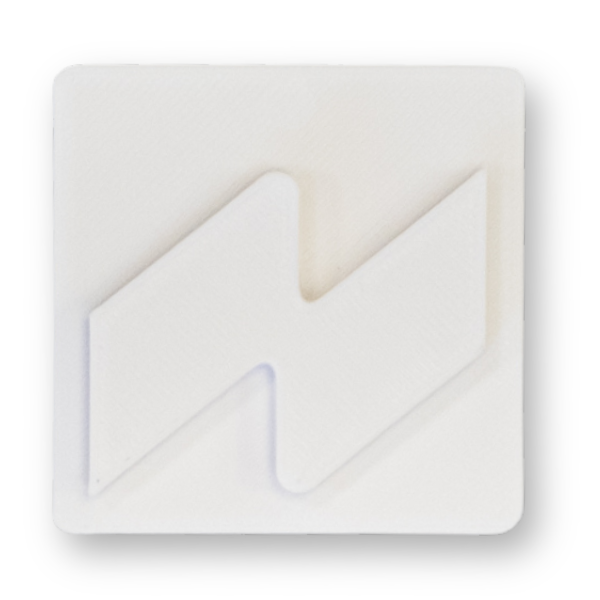
ABS (Acrylonitrile Butadiene Styrene)
ABS is a very versatile amorphous thermoplastic material, characterized by a balance between hardness and mechanical resistance thanks to its chemical composition. It is known for its robustness, impact resistance, and good machinability. ABS is widely used for applications that require moderate thermal and chemical resistance.
FEATURES
- Thanks to its composition, ABS is resistant to impacts and abrasions, especially at low temperatures.
- It offers good protection against dilute acids, water and saline solutions.
- It can be used in a temperature range of -40°C to 85°C, with a melting temperature of 235°C.
RECOMMENDED USE
- ABS is ideal for the production of electronic components, boxes, covers, industrial tools and automotive parts, which require strength, hardness and good resistance to impact and moderate temperatures.
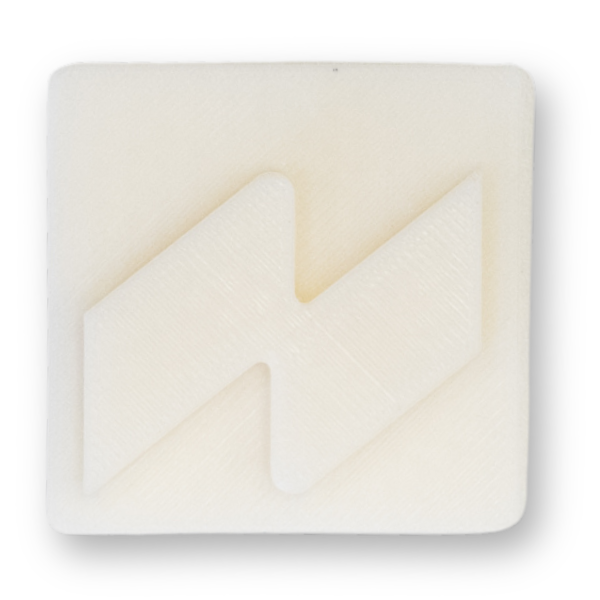
ABS FOOD
ABS-FOOD is a variant of ABS developed to be used in food applications, maintaining the same mechanical characteristics as traditional ABS, but with specific properties that guarantee its safety for contact with food.
FEATURES
- It complies with regulations (EC) No. 1935/2004 and (EC) No. 2023/2006, making it suitable for direct contact with food.
- It has a yield strength of approximately 40 MPa and a strain at break of 30%.
- Resistant to varying temperatures in food applications, albeit with a more limited range of use
RECOMMENDED USE
- ABS-FOOD is mainly used for the production of food containers, packaging and utensils for food processing and handling, although the final suitability of the product depends on the production process and the specific application.
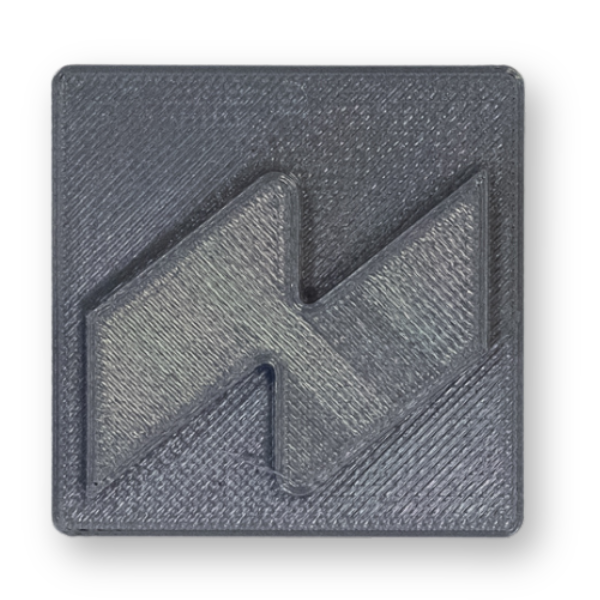
PET-G (Polyethylene Terephthalate Glycol)
PET-G is a thermoplastic copolymer material that offers greater mechanical and thermal resistance than other similar materials. This polymer is prized for its durability, good chemical resistance, and machinability, with heat resistance making it ideal for applications that require impact resistance.
FEATURES
- Yield strength of approximately 50 MPa and a strain at break of 25%.
- Resistant to many chemical solutions and impacts, even in the most aggressive working environments.
- Resistant to temperatures up to 70°C, but with a melting temperature of about 240°C.
RECOMMENDED USE
- PET-G is ideal for the production of transparent components, medical devices, food packaging, but also for applications that require impact resistance and good thermal behavior in environments that are not too hot.
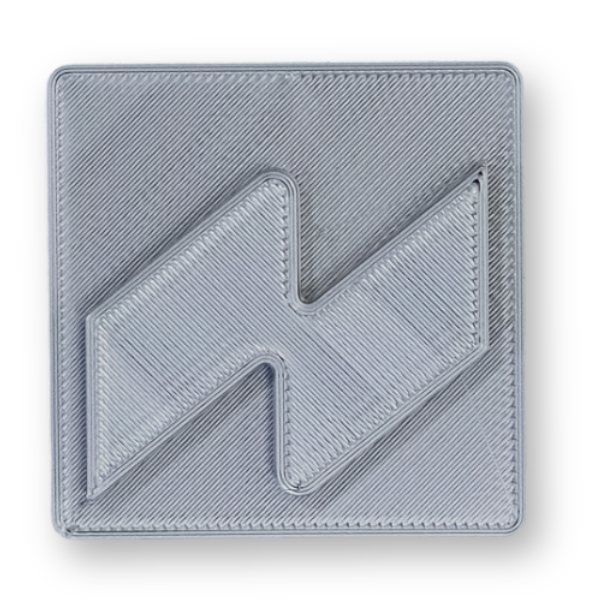
PLA (Polylactic Acid)
PLA is a biodegradable thermoplastic polymer derived from natural sources such as corn. Although it is an environmentally friendly material, its thermal and mechanical resistance is limited, especially when exposed to high temperatures.
FEATURES
- It is an environmentally friendly, biodegradable material derived from plant sources.
- It has a tensile strength of about 60 MPa, but with a low strain at break (about 20%).
- Not suitable for applications requiring temperatures above 55°C, with a melting temperature of approximately 120°C.
RECOMMENDED USE
- PLA is ideal for prototypes, models and non-structural applications, especially where biodegradability and sustainability are a key requirement.
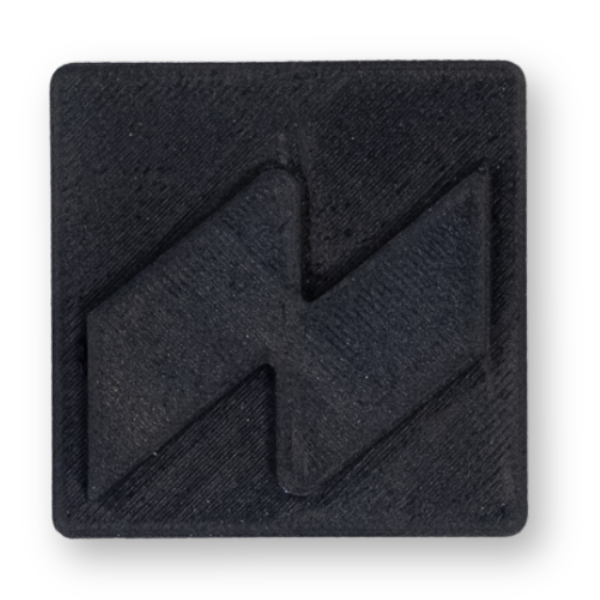
PA12+CF (Carbon Reinforced Polyamide)
PA12+CF is a carbon particle-reinforced polyamide, developed for applications that require higher mechanical strength and dimensional stability, ideal for 3D printing technologies such as FDM.
FEATURES
- With a tensile strength of approx. 120 MPa and a reduced strain at break of 5%.
- Good resistance to wear, heat and chemicals.
- Due to its formulation, PA12+CF is particularly stable in humid environments.
RECOMMENDED USE
- PA12+CF is perfect for applications where high mechanical performance is required, such as automotive components, industrial equipment, structural parts and other uses that require long-term strength and stability.

PP (Polypropylene)
PP is a highly durable thermoplastic material with low moisture absorption and good chemical properties. It is widely used for industrial applications due to its versatility and durability.
FEATURES
- Ideal for wet environment applications and the production of long-life parts.
- Resistant to acids, bases and solvents
- Wear-resistant, with an elongation at break of 300%.
RECOMMENDED USE
- PP is perfect for wet environment applications, industrial components, automotive parts, and enclosures for applications that require corrosion and abrasion resistance.

PLA+CF (Carbon Fiber Reinforced PLA)
PLA+CF is an innovative material that combines the biodegradability of PLA with the stiffness and strength of carbon fibers, creating a high-performance material with low moisture absorption.
FEATURES
- It maintains the ecological characteristics of PLA, but with a significantly improved mechanical resistance thanks to carbon fibers.
- Breaking strength of about 50 MPa with reduced deformation (2-3%).
- Not suitable for applications requiring temperatures above 50°C, with a melting temperature of approximately 210-220°C.
RECOMMENDED USE
- PLA+CF is ideal for applications that require a good balance between mechanical performance and sustainability, such as structural prototypes, precision components, and lightweight equipment in moderate-temperature environments.
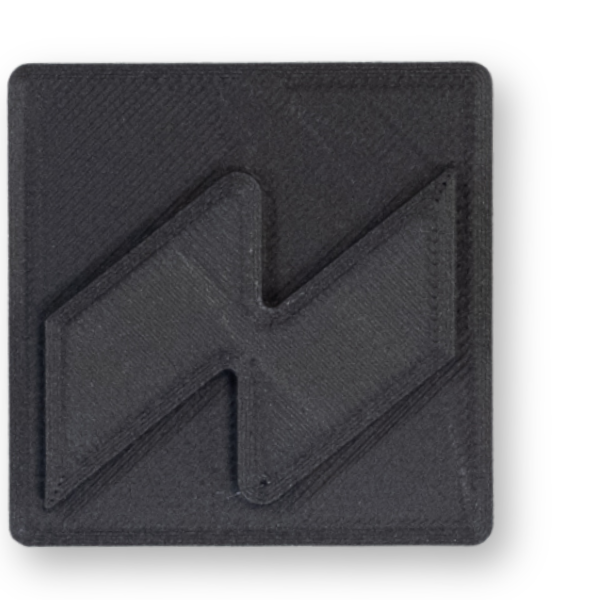
PET+CF (Carbon Fiber Reinforced PET)
PET+CF is an advanced material that combines the strength and durability of PET with the stiffness of carbon fibers, ideal for applications that require dimensional stability and high mechanical performance.
FEATURES
- Breaking strength of approx. 65 MPa and thermal resistance up to 70°C.
- Excellent resistance to acids, alkalis and abrasions.
- Carbon fibers improve thermal stability and stiffness.
RECOMMENDED USE
- PET+CF is perfect for applications that require structural strength in aggressive environments, such as industrial components, technological devices and parts that need to maintain dimensional stability at moderate temperatures.
Certifications HP 3D Hight Reusability PA12 Material

HP 3D H3 PA12
CERTIFICATE TECHNICAL NOTES
Add. certiciation USP Class I-VI and US FDA guidance for Intact Skin surface devices

HP 3D H3 PA12
CERTIFICATE OF COMPOSITION
Statement of Composition for Toy Applications Certificate

HP 3D H3 PA12
BIOCOMPATIBILITY CERTIFICATE
HP 3D600/HP3D700 Fusing and Detailing Agents

HP 3D H3 PA12
REACH/ROHS CERTIFIED
HP Inc. Reach and RoHS status of HP 3D600/700 Fusing and Detailing Agent and HP 3D HR PA 12

BASF Ultrasint TPU01
EXTENDED DATA SHEET
Complete Technical Documentation
and Testing Summary

BASF Ultrasint TPU01
BIOCOMPATIBILITY CERTIFICATE
Ultrasint TPU01 for HP Jet Fusion printer

BASF Ultrasint TPU01 + Vapour smoothing
BIOCOMPATIBILITY CERTIFICATE
Ultrasint TPU01 for HP Jet Fusion printer + vapour smoothing